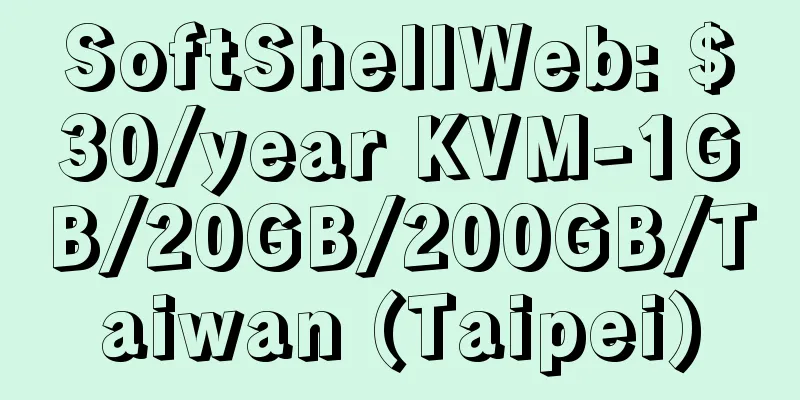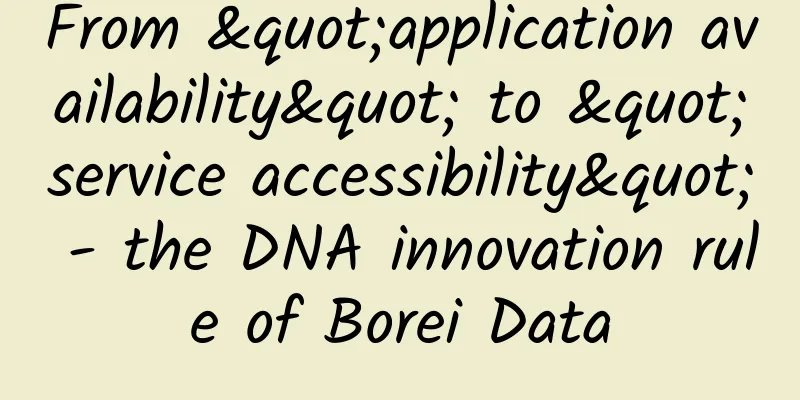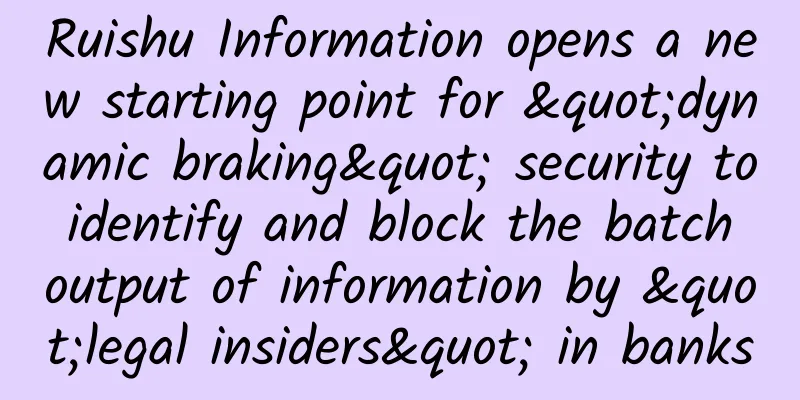How to solve the packet loss problem in TCP transmission protocol

|
1. Before answering this question, we need to consider why the TCP protocol loses packets and under what circumstances packets are lost. 1. TCP protocol definition (Transmission Control Protocol) is a connection-oriented, reliable, byte stream-based transport layer communication protocol. 2. TCP is based on an unreliable network to achieve reliable transmission, so packet loss is bound to occur. 3. If you find that data is missing or packets are lost during the communication process, the most likely possibility is that there is a problem in the program sending or receiving process. For example: I have 2 servers, A and B server. When server A sends data to server B too frequently, server B cannot process it in time, resulting in data packet loss. (The reasons may be program logic problems, multi-thread synchronization problems, buffer overflow problems) If server A does not control the sending frequency or resends the data, server B will receive less data, which will cause data loss. 2. How to solve the problem of packet loss after TCP protocol packet loss In order to meet the TCP protocol and avoid packet loss, the TCP protocol has the following provisions: 1. Data fragmentation: The sender fragments the data, and the receiver reassembles the data. TCP determines the size of the fragment and controls fragmentation and reassembly. 2. Arrival confirmation: When the receiving end receives the fragmented data, it sends a confirmation to the sending end according to the fragmented data sequence number. 3. Timeout retransmission: The sender sets a timeout timer when sending a fragment. If no corresponding confirmation is received after the timer times out, the fragment data is resent. 4. Sliding Window: The receiving buffer space of each side of the TCP connection is fixed in size. The receiving end only allows the other end to send data that can be accommodated by the receiving end's buffer. TCP provides flow control based on the sliding window to prevent the faster host from causing the buffer of the slower host to overflow. 5. Out-of-order processing: TCP segments transmitted as IP datagrams may arrive out of order. TCP will reorder the received data and hand it over to the application layer in the correct order; 6. Duplicate processing: TCP segments transmitted as IP datagrams will be duplicated, and the TCP receiver must discard the duplicate data; 7. Data checksum: TCP will maintain the checksum of its header and data. This is an end-to-end checksum, the purpose of which is to detect any changes in the data during transmission. If the checksum of the received segment is wrong, TCP will discard the segment and will not confirm receipt of the segment, causing the other end to time out and resend. TCP three-way handshake, four-way release diagram: |
<<: Extremely simple operation! IIS site migration can be achieved in 3 minutes
>>: Huawei fully opens HMS and calls on more developers to join the new all-scenario smart ecosystem
Recommend
Explore the changing landscape in 2024
As we head into 2024, 5G success is on the agenda...
In 6 years, the staff has gone from novices to experts. The informatization of the China National Museum of Ethnic Minorities is so trendy!
[51CTO.com original article] Whenever people ment...
80% of users face challenges in PoE deployment
Four out of five users experience challenges when...
spinservers: $199/month - 2*E5-2690v4, 768GB memory, 3.84TB NVMe, 30TB/10Gbps bandwidth
spinservers is still offering discounts for some ...
Survey: U.S. users are dissatisfied with internet service providers, with satisfaction ranking near the bottom
On June 8, a research organization recently relea...
How 5G will impact data centers and how to prepare
New 5G networks are increasing connectivity betwe...
How IPv6 works in the Internet
[[342618]] This article is reprinted from the WeC...
Huawei's Xu Wenwei: Leading with innovation and driving global progress
[[262734]] On April 16, at the 16th Global Analys...
DogYun's 2nd anniversary: 30% off on Dynamic Cloud, 20% off on Classic Cloud, 100 yuan off on Dedicated Servers per month, 200 yuan free for top-up, 50% off on Lucky Wheel
DogYun (狗云) launched its two-year anniversary cel...
After the failure of Germany's Industry 4.0, can China successfully achieve industrial networking with 5G?
Key points: After Germany proposed Industry 4.0 i...
Sharktech: Denver high-end 1Gbps unlimited traffic server $129/month, Los Angeles 1Gbps unlimited traffic starting at $59/month
Sharktech has launched a new high-end server prom...
In the first month of Alipay’s digital shopping mall launch, 80% of the country’s top shopping malls have opened Alipay “offices”
Intime, Mixc, Impression City and Alipay jointly ...
[Black Friday] HostHatch: $29/year-dual-core/4GB/50G NVMe/5TB/1TB/Los Angeles and other data centers
HostHatch has launched the 2023 Black Friday even...
Building 5G and expanding 4G: 2G/3G network withdrawal is in progress around the world
The COVID-19 pandemic has driven the demand for d...
Everything is connected and edge computing is intelligent
On November 30, the 2017 Edge Computing Industry ...







![[11.11] DogYun: 30% off on Elastic Cloud, 20% off on Classic Cloud, 100 yuan off on Dedicated Server/month, 1 yuan free for every 11 yuan spent](/upload/images/67cac04f43b36.webp)

